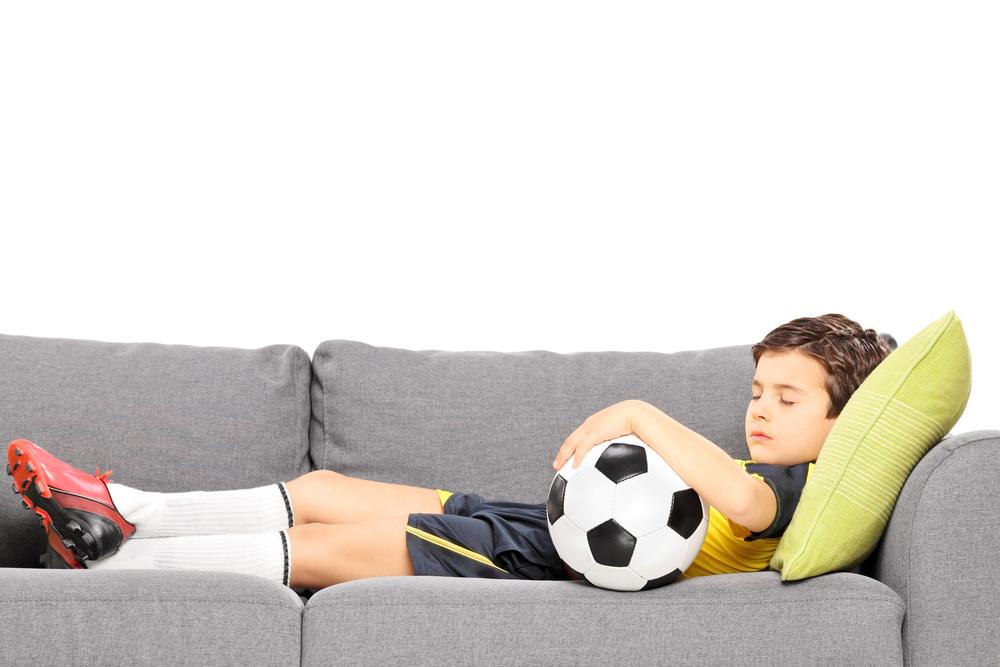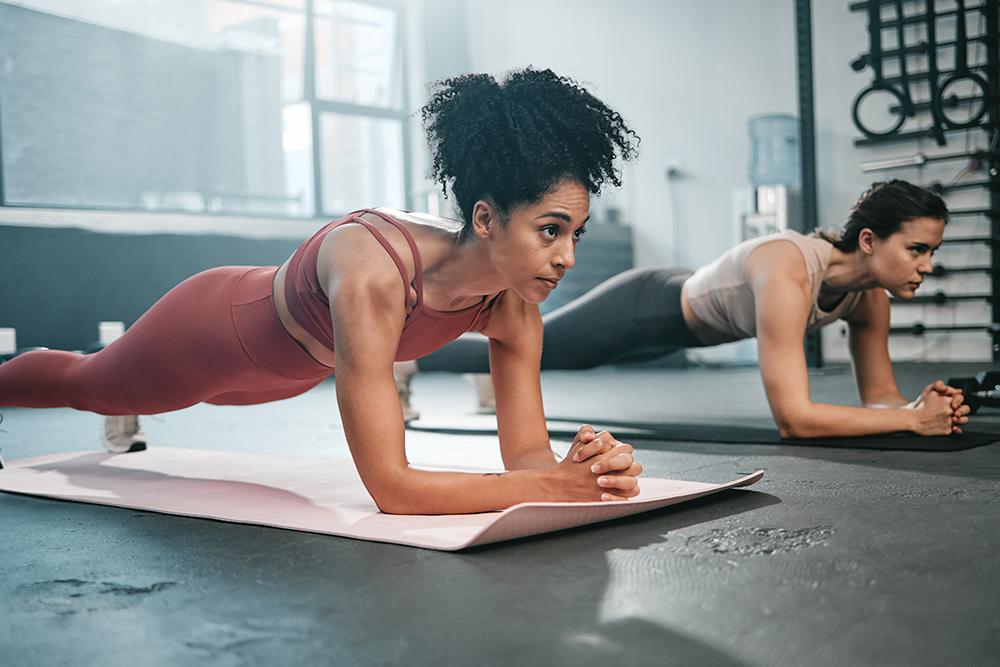 Having the best training regimen or nutritional plan in the world doesn’t mean a thing if an athlete is getting poor sleep.
Having the best training regimen or nutritional plan in the world doesn’t mean a thing if an athlete is getting poor sleep.
A lack of sleep can have a number of consequences in young athletes. For starters, being tired can delay their reaction time and increase their frustration when learning a new skill more quickly than a well-rested athlete. Fatigue can also amplify mental stress, anxiety, and make athletes feel more exerted than they actually are.
It’s also impossible for muscles to properly repair themselves and grow stronger after a tough workout without sound sleep. During sleep, hormones are released that allow the body to not only get back to where it was before the tough workout, but have even more strength and endurance for the next one.
Studies show that nine hours of sleep a night is the magic number for youth athletes. If that seems difficult to achieve, consider these simple tips that will help athletes fall asleep faster and on a more consistent basis.
1) Cut the caffeine
Caffeine is a stimulant, and stimulants don’t mix well with quality sleep. Even three to five hours after being consumed, the effects of caffeine can continue to work.
If an athlete has a target bedtime of 9PM, it’s a good idea to cut the caffeine at 4PM or earlier. If they still have trouble falling asleep at night, it’s not a bad idea to stop drinking it even earlier, and to reduce the amount consumed.
2) Set a routine
Just as athletes should prepare the same way before every game, getting great sleep requires going through a great bedtime routine beforehand. This will be different for everyone, but usually it’s just a series of small habits done every night to let the brain and body know that it’s time to wind down and go to sleep.
Some examples of these small habits in a good nighttime routine could be brushing and flossing, putting on comfy pajamas, reading a fiction book, or journaling. It’s also important to try and go to bed at the same time every night, and to keep the bedroom as a space solely for sleeping, not for doing homework or checking social media.
3) Eliminate bluelight (and all light)
Our bodies produce a hormone called melatonin when it gets dark outside. Melatonin helps us get sleepy, but its production is limited when we stare at computers, TV, or smartphones before bedtime. Even allowing any sort of light into the bedroom also makes it harder to fall asleep.
To keep the normal circadian rhythm intact, stop looking at screens an hour or two before bedtime. If that seems too difficult, there are apps that will eliminate the amount of bluelight that devices emit at night. Blackout curtains are also a great way to block out light coming through windows and to tell the body that it’s time to go to sleep.
4) Nap responsibly
An athlete having trouble getting the recommended amount of sleep can supplement the time they do get with short naps during the day.
Naps as short as 30 minutes have been shown to improve the mood, alertness, and reaction times in youth athletes. Just make sure that these naps don’t go too long, and aren’t taken too close to bedtime.
5) Add white noise
Many people love having some sort of background noise in their bedroom while they sleep. Not only are these sounds soothing, they also cover up any outside noises that might interrupt sleep. This is especially helpful if your athlete is one of the first people in the household to go to bed.
A fan is often enough background noise to help drift into sleep peacefully. There are also noisemakers that produce white noise or other soothing sounds (such as ocean waves or birds chirping) that can be purchased. Note that having the TV on does not count as quality background noise (see #3).
6) Invest in sleep
We spend roughly a third of our lives asleep. That’s why choosing a quality mattress that your child finds comfortable is so important.
Even if they follow all the other steps above, having an uncomfortable mattress can make or break an otherwise good night of sleep. Note that a more expensive mattress doesn’t necessarily means it’s better. Always lay on a mattress in the store and take advantage of any trial periods that are offered so you can create the perfect bed, and the perfect night’s sleep.
Sources:
http://nyshsi.org/wp-content/uploads/2012/08/NYSHSI-SLEEP.pdf
https://sleepfoundation.org/how-sleep-works/what-happens-when-you-sleep
https://sleepfoundation.org/sleep-news/sleep-athletic-performance-and-recovery



